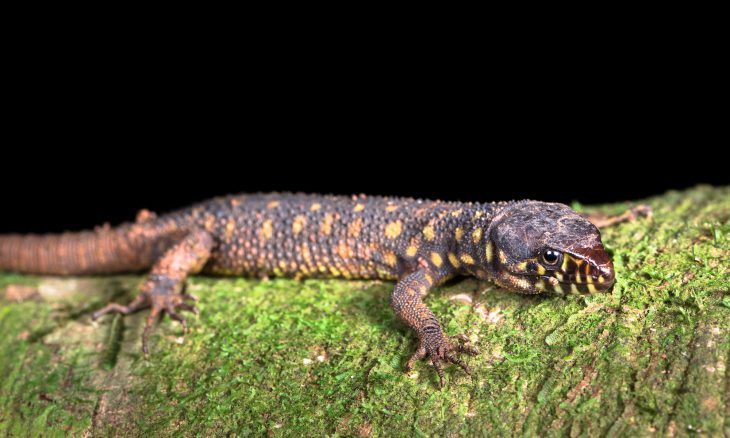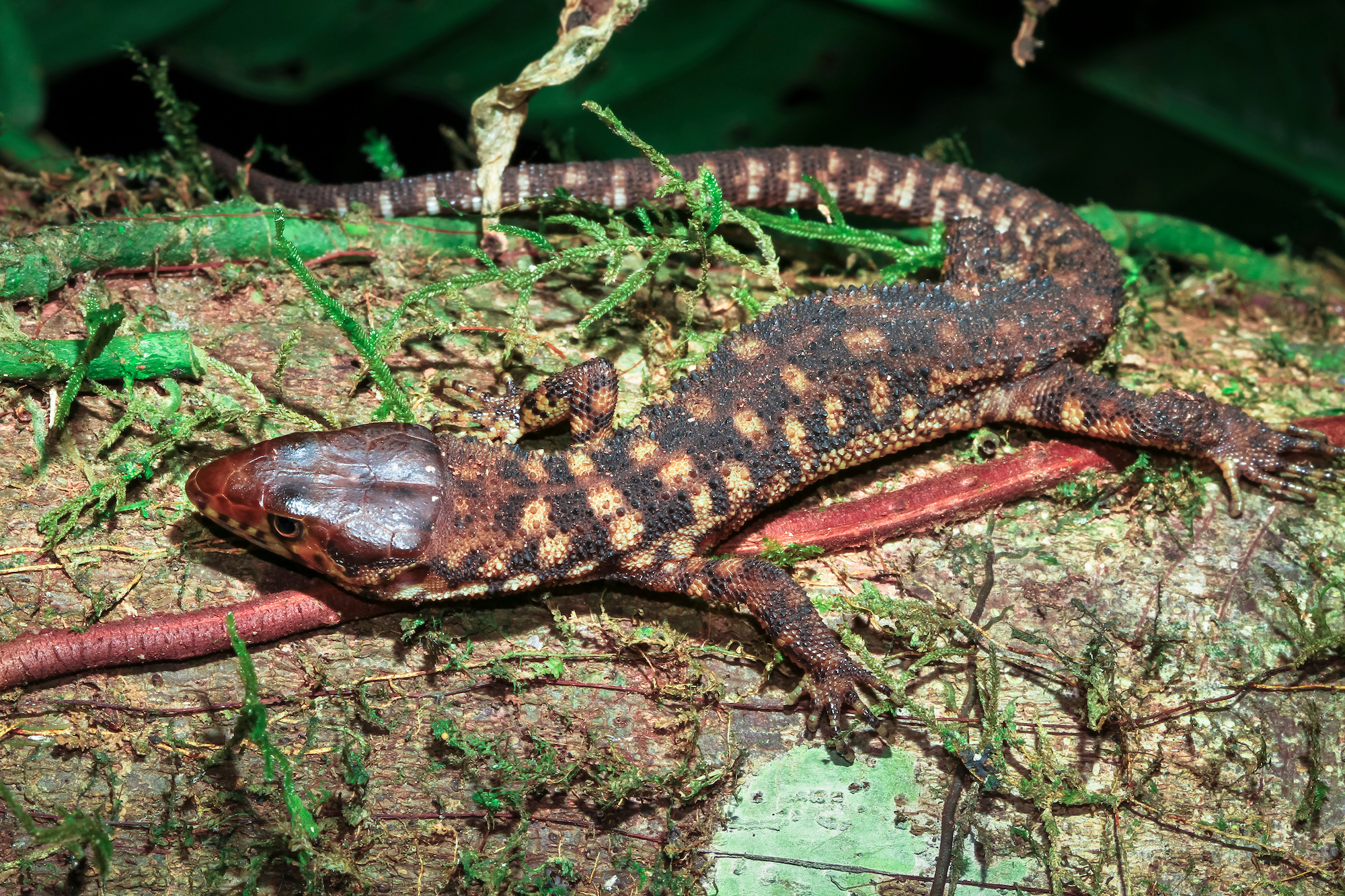
There are many majestic, interesting and sometimes even bizarre lizards out there, but few match the uniqueness of yellow spotted lizards. Found mainly in parts of Central America, these lizards come with a wide range of undiscovered facts that make them one-of-a-kind creatures. In this article, let us delve into 19 facts about these amazing yellow spotted lizards – from their size to their diet – and learn more about their unique behaviors and adaptations to survive in the wild! So if you’re excited by the scaly wonders nature has so graciously bestowed on us, read on and enjoy all that makes up your favorite lizard species!
Scientific Name and Classification
The yellow spotted lizard, also known by its scientific name Lepidophyma flavimaculatum, belongs to the Xantusiidae family, commonly known as night lizards.
Habitat and Geographic Distribution
They are indigenous to Central America, making their homes in areas ranging from Mexico to Panama. These lizards prefer humid, tropical regions, particularly rainforests and cloud forests.
Size and Appearance
Yellow spotted lizards are small, usually ranging from 15 to 25 centimeters in length. They are most recognized for their distinctive yellow spots, which dot their otherwise dark skin.
Diet
These lizards are insectivorous, mainly feasting on a variety of insects and spiders. They have even been known to eat small crustaceans.
Life Span
While their exact lifespan in the wild is unknown, in captivity, yellow spotted lizards have been known to live for around 10 years.
Reproduction
Yellow spotted lizards are oviparous, meaning they lay eggs. Females can lay up to 4 eggs at a time, which they bury in the soil.
Activity and Behavior
These creatures are primarily nocturnal, becoming active at dusk and continuing their activities throughout the night. They spend their days hiding under rocks, logs, or in crevices.
Defense Mechanisms
When threatened, yellow spotted lizards use their bright yellow spots as a warning signal to predators. If that doesn’t work, they can also bite or release a foul-smelling musk.
Eyesight
These lizards possess excellent night vision, which allows them to hunt effectively in the dark. Their large, bulbous eyes are adapted to capture as much light as possible.

Skin Shedding
Like all reptiles, yellow spotted lizards shed their skin as they grow. Young lizards shed more frequently than adults, often every few weeks.
Popularity in Culture
These lizards gained some fame from their mention in the popular children’s book “Holes” by Louis Sachar. However, the venomous qualities attributed to them in the book are entirely fictional.
Conservation Status
Currently, there is not enough data to accurately determine the conservation status of yellow spotted lizards. However, like many other species, they are likely affected by habitat loss due to deforestation.
Unique Adaptations
Their flat bodies and ability to change color slightly according to their surroundings make them excellent at camouflaging, a crucial survival trait in the wild.
Social Behavior
Yellow spotted lizards are solitary creatures, generally only coming together to mate.
Growth
After hatching, the baby lizards grow rapidly. By the time they are one year old, they are almost the same size as an adult.
Predators
Predators of yellow spotted lizards include larger reptiles, birds, and some mammals.
Role in the Ecosystem
As insectivores, yellow spotted lizards play a vital role in controlling insect populations in their ecosystem.
Pet Potential
Due to their specific habitat requirements and nocturnal habits, they are not commonly kept as pets. However, if properly cared for, they can be interesting pets for a dedicated reptile enthusiast.
Scientific Research
Yellow spotted lizards are of interest to the scientific community due to their unique adaptations to a nocturnal lifestyle. Studying these lizards may provide insights into the evolution of nocturnal behavior in reptiles.
Conclusion
The yellow spotted lizard boasts fascinating attributes that captivate our curiosity and deepen our appreciation for the diversity of life. Their nocturnal habits and vibrant yellow spots make them a wonder to behold. Besides, they play a crucial role in their ecosystem, keeping insect populations in check and adding to the biodiversity of their tropical habitats. Although their mention in popular culture is not wholly accurate, it has undoubtedly raised awareness and appreciation for these unique lizards.
Despite a lack of data that leaves the status of their population uncertain, one thing remains clear – yellow spotted lizards are vital members of our planet’s biodiversity. Preserving and protecting their natural habitats is essential for their continued survival and that of all wildlife.
By respecting and understanding the wild world around us, we can ensure that future generations will marvel at the wonder of creatures like the yellow spotted lizard.
Was this page helpful?
Our commitment to delivering trustworthy and engaging content is at the heart of what we do. Each fact on our site is contributed by real users like you, bringing a wealth of diverse insights and information. To ensure the highest standards of accuracy and reliability, our dedicated editors meticulously review each submission. This process guarantees that the facts we share are not only fascinating but also credible. Trust in our commitment to quality and authenticity as you explore and learn with us.


